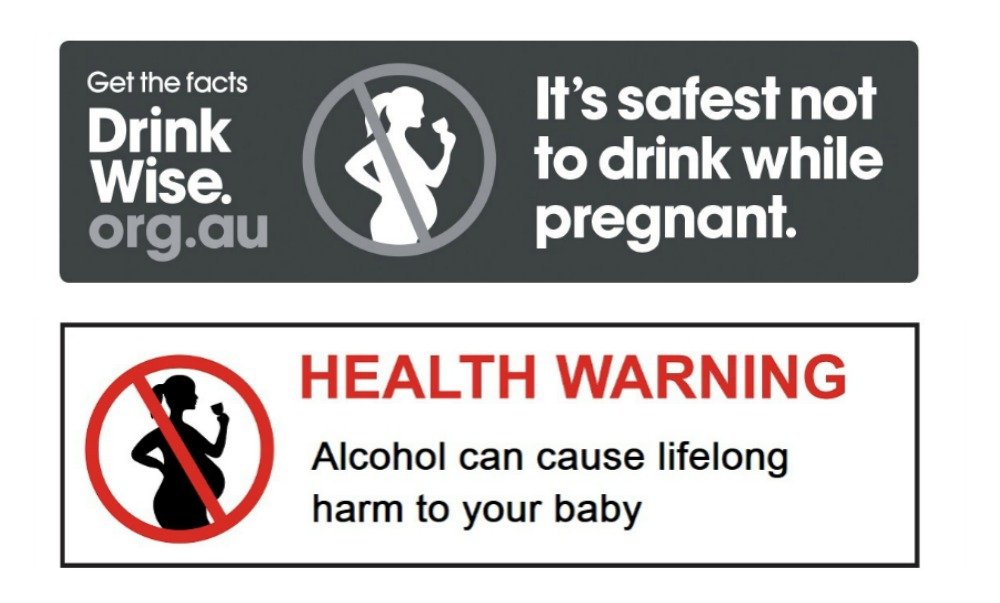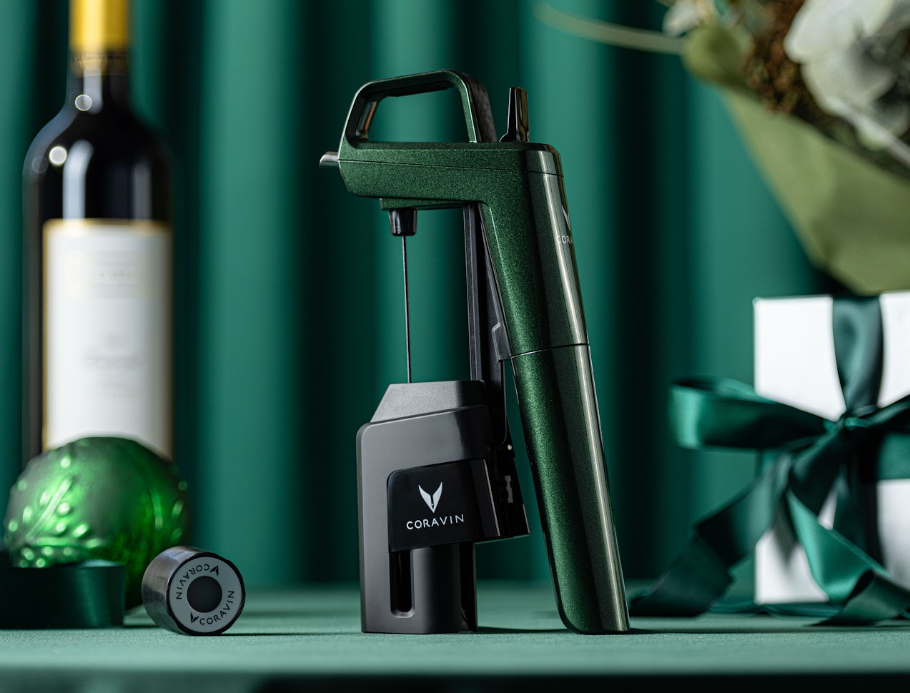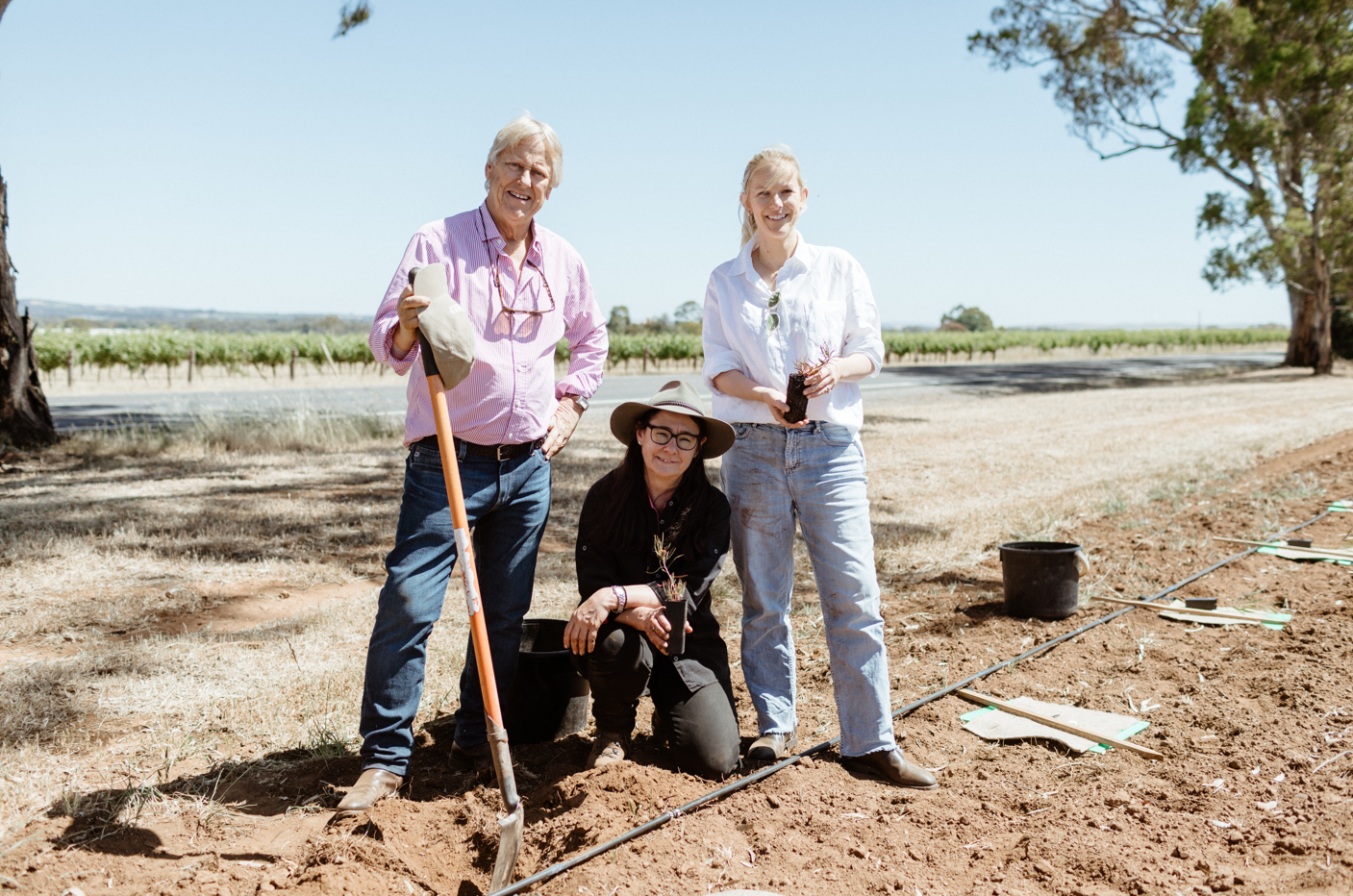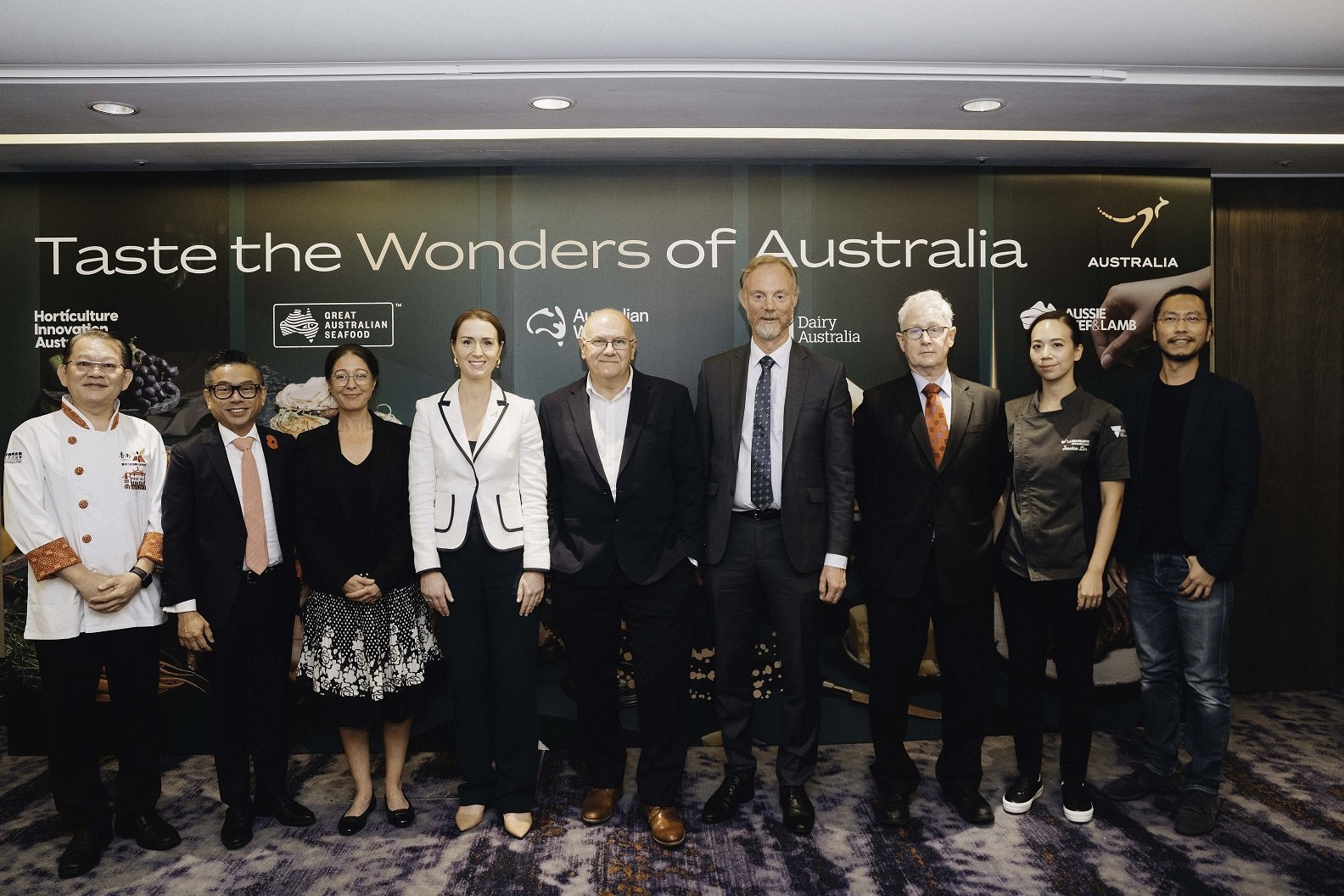Alcohol Beverages Australia has called for the government not to mandate coloured pregnancy warning labels, which will cost the drinks industry $400million to introduce.
Food Standards Australia New Zealand (FSANZ) has been asked to deliver a revised proposal for mandatory pregnancy warning labels on packaged alcohol to the Australia and New Zealand Ministerial Forum on Food Regulation by June 22.
The current voluntary label is shown above, top; while the proposed label is shown above, bottom.
This week, Senator Griff noted in parliament that he was concerned that the focus on one-off costs to industry and the potential watering down of the warning risks undermined the intention to reduce the number of alcohol-exposed pregnancies and rates Fetal Alcohol Spectrum Disorder in children.
"The well-intentioned motion by Senator Griff on pregnancy labelling fails to recognise that FRSC (Food Regulation Standing Committee) and FSANZ bureaucrats delivered a proposal that was not in keeping with the clear direction given to them by Governments," said Andrew Wilsmore, Chief Executive Officer of Alcohol Beverages Australia.
"Instead of a pictogram and warning statement as directed by Ministers, bureaucrats produced a warning label that would cost over $400million to implement, in a significant departure from Australia’s food standards around warning labels.
“Producers have made it very clear that we support mandatory labelling to help increase awareness of FASD. This requires a solution that is proportionate to other mandated food warnings and that is cost-effective to implement.
“On October 11, 2018, Food Forum Ministers agreed ‘that a mandatory labelling standard for pregnancy warning labels on packaged alcoholic beverages should be developed and should include a pictogram and relevant warning statement’.
“It is very clear from this direction that Ministers did not ask for the mandating of colours (black, white and red), the use of signal words, or packaging requirements. They simply tasked FSANZ to develop a pictogram and warning statement to go on label. This is a proposition all beer, wine, spirit and cider producers support.
“Food Forum Ministers re-stated their position on April 9, 2020, and instructed FSANZ to conduct a review based on the ‘unreasonable cost burden to industry’ posed by mandating colours and for the review to ‘consider the colour requirements and signal wording of the pregnancy warning label’.
“The proposed design was the most expensive to implement and we calculated it would impose an additional cost of $400 million on consumers when the advice to Ministers from FSANZ and the Department of Health acknowledged that health warning labels on alcohol do not lead to behaviour change.
“Australia’s State/Territory and Federal Ministerial decision to review the label design and wording was a good one, especially as our sector, like so many others, is facing hardship in these uncertain times.”
“Producers now await the revised advice from FSANZ in keeping with the direction of Food Forum Ministers and is keen to partner with Governments to ensure a sensible outcome that will help raise awareness of FASD and be cost-effective for all producers - especially small businesses - and for Australians enjoying a drink.
“The last thing we want is a solution that would be akin to adding an extra door to a car, but require one panel to be painted a separate colour using different equipment."
Embattled wine industry
Australian Grape & Wine has also expressed concerns about the label.

In February, Chief Executive Tony Battaglene said: “This pregnancy warning label is a classic example of bureaucratic over-reach, and is not a good example of science-based decision making.
He said the costs to Australian wine businesses will be felt most keenly by small, family owned wine businesses in rural and regional Australia. Most wine businesses have multiple products in their portfolio, with some brands offering consumers almost 100 different wines.
“Our concerns extend beyond simply the costs to grape and wine businesses, though they will be significant.
“Evidence tells us the current initiatives are driving positive cultural change in Australia. If FSANZ was able show how this new label-design would lead to a significant change in drinking behaviour, we would take a different position.
“But given they can’t, why are Ministers being asked to consider a design that will be costly to businesses, but achieve very little?"
Share the content










